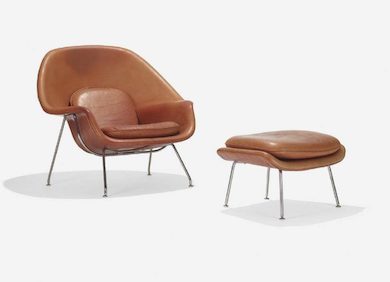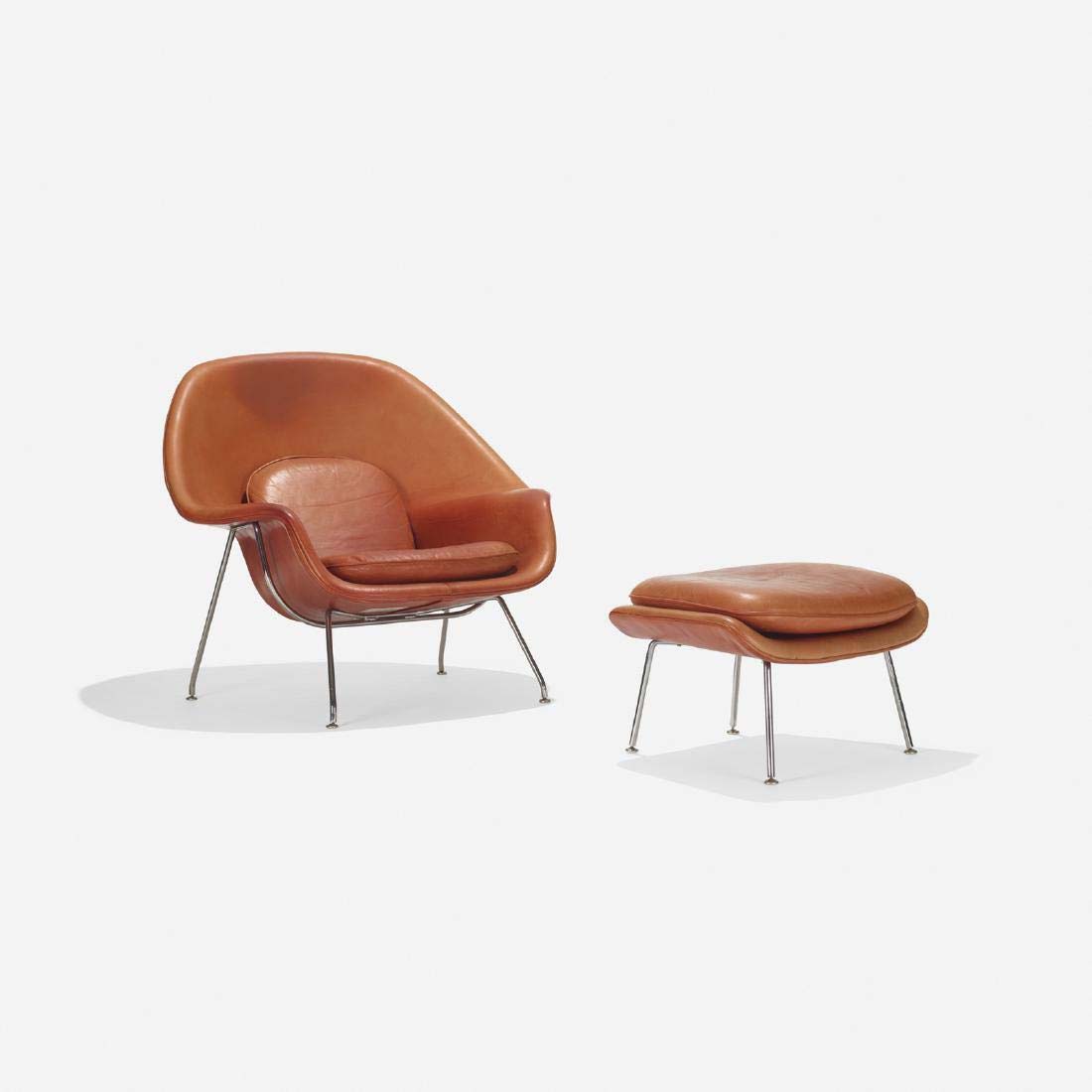
NEW YORK — After years of deprivation and rationing in the 1940s, postwar America was a heady time, marked by a booming economy that saw an explosive demand for consumer goods. The mood was optimistic as people returned to the workforce in droves and by the end of the 1950s, most families had at least one television, owned a car and more than half owned their own home.
The 1950s ushered in a changing design aesthetic in keeping with this new optimism and a desire for a fresh new look. Midcentury modern, as it came to be known, embraced clean lines, geometric forms, a melding of organic and synthetic materials, and focused on function instead of fussy decoration.
At the time, there were two heavyweights in the American Midcentury modern furniture market: Herman Miller and Knoll. Knoll got into modern design a bit after Herman Miller, but its longevity and the number of now-classic pieces it has issued over the years has made its work highly sought after.
Founded in 1938 in New York City (later moving to Pennsylvania) by Hans and Florence Knoll, Knoll has stayed true to its original goals that were steeped in Bauhaus design principles. The company made and still makes modern furniture that does not compete with the architectural space it is placed in but instead works in balance with it. While Herman Miller arguably had better furniture in the 1940s and perhaps into the 1950s, Knoll is the proverbial tortoise vs. the hare. If slow and steady wins the race, then Knoll’s track record of putting out an impressive body of work over the decades gives them the edge.
“The first major design they bring to market is the Womb chair by Eero Saarinen — an absolute icon of design,” said Richard Wright, CEO of Rago/Wright. “They also work with Jens Risom early on but it’s really the Womb chair that breaks through.” As an auction house, Wright has sold over 800 pieces of Knoll furniture and Wright personally is struck by the company’s diversity. While Knoll had a few iconic pieces, such as Saarinen’s Womb or Tulip chairs, it stayed current and kept making designs that resonated with people.
After Hans’ death in 1955, Florence took over the business and saw it thrive. “She really shepherds it into an incredibly long run of success. Knoll goes on to continue to work in creative ways in the ‘0s, ’70s, ’80s, and ’90s … They really just have an incredible history,” Wright said, noting its partnerships with Mies van der Rohe, Marcel Breuer, Harry Bertoia, Richard Venturi, Warren Platner and other renowned architects/designers.
Even when Knoll was not commissioning work but licensing reissues of European designs and bringing them to American audiences, Knoll furniture was in many sophisticated home interiors in the 1960s and ’70s. Attributing Knoll’s success to its being pioneers of good design and bringing that to America, Wright said their timing was perfect. “America was on top of the world and had a lot of money. It was a great moment in postwar America and they were able to continue that success to this day.”
While this article focuses on seating, one could write a whole book on all the different furniture styles Knoll produced. The highest price achieved on LiveAuctioneers’ price results database for a piece of Knoll furniture was a set of eight Ludwig Mies van der Rohe (German, 1886-1969) Brno chairs in stainless steel with leather seats and backs that handily bested its $5,000-$7,000 estimate to bring $37,000 plus buyer’s premium in May 2010 at Wright.
Originally designed in 1926 for the International Exposition, van der Rohe’s Barcelona chair for Knoll was redesigned in 1950 from a frame that had two parts bolted together into one stainless steel frame. This chair is certainly among Knoll’s most well known pieces from the 20th century.
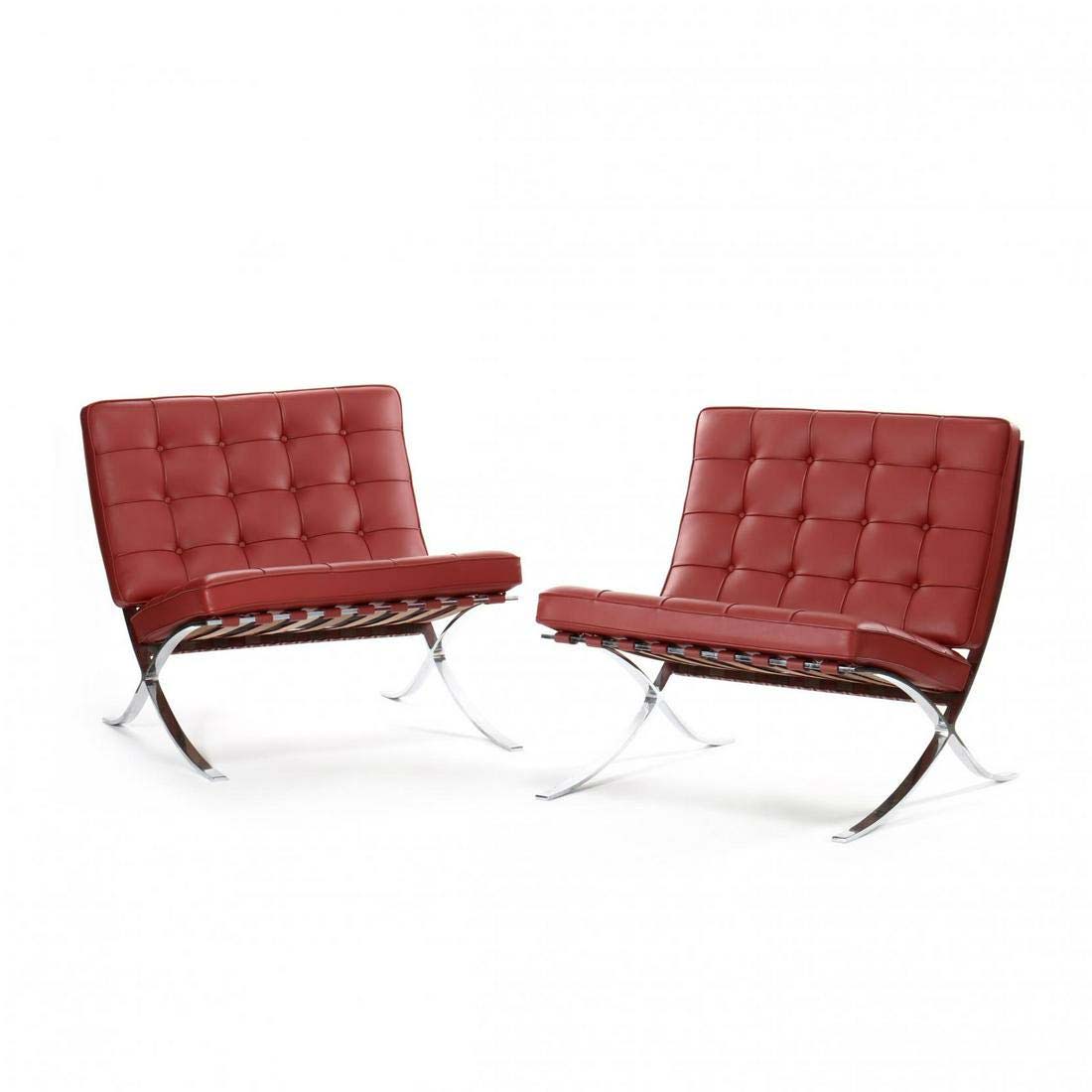
Eero Saarinen designed the revolutionary Womb Chair in 1948 at Florence Knoll’s request for “a chair that was like a basket full of pillows — something she could really curl up in,” according to Knoll’s website. Saarinen’s Tulip line, including chairs, has also been popular over the decades and early examples often bring good prices at auction.
Also among Knoll’s roster of renowned and talented designers was Harry Bertoia.
Reportedly, Hans and Florence Knoll didn’t formally ask Bertoia to design furniture for them when they set up space for him in their factory. Instead, the couple just asked he show them if he came up with something intriguing. That happened, of course, and in 1952, Knoll launched the Bertoia collection that today is hailed as one of the great achievements of modern furniture design. One highlight of his Knoll designs is the Bird chair, seen here, showing how Bertoia mastered industrial materials such as wire to elevate it past mere function to create a work of art.
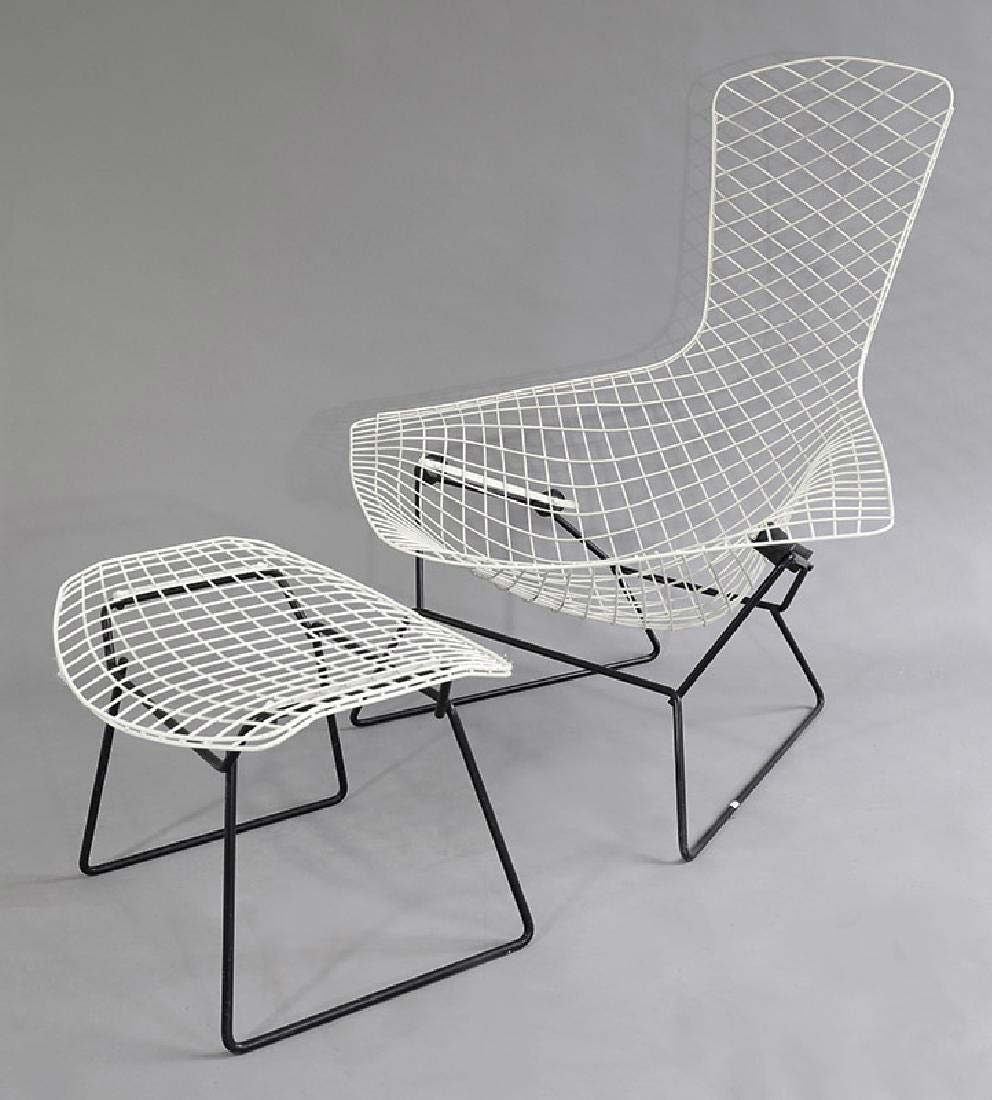
Over the years, Knoll continued to innovate. Breuer’s Wassily chair took the simple form of a club chair and simplified it to its base lines and planes while the firm’s Warren Platner collection, introduced in 1966, combined the modernist aesthetic with the elegance of previous design periods.
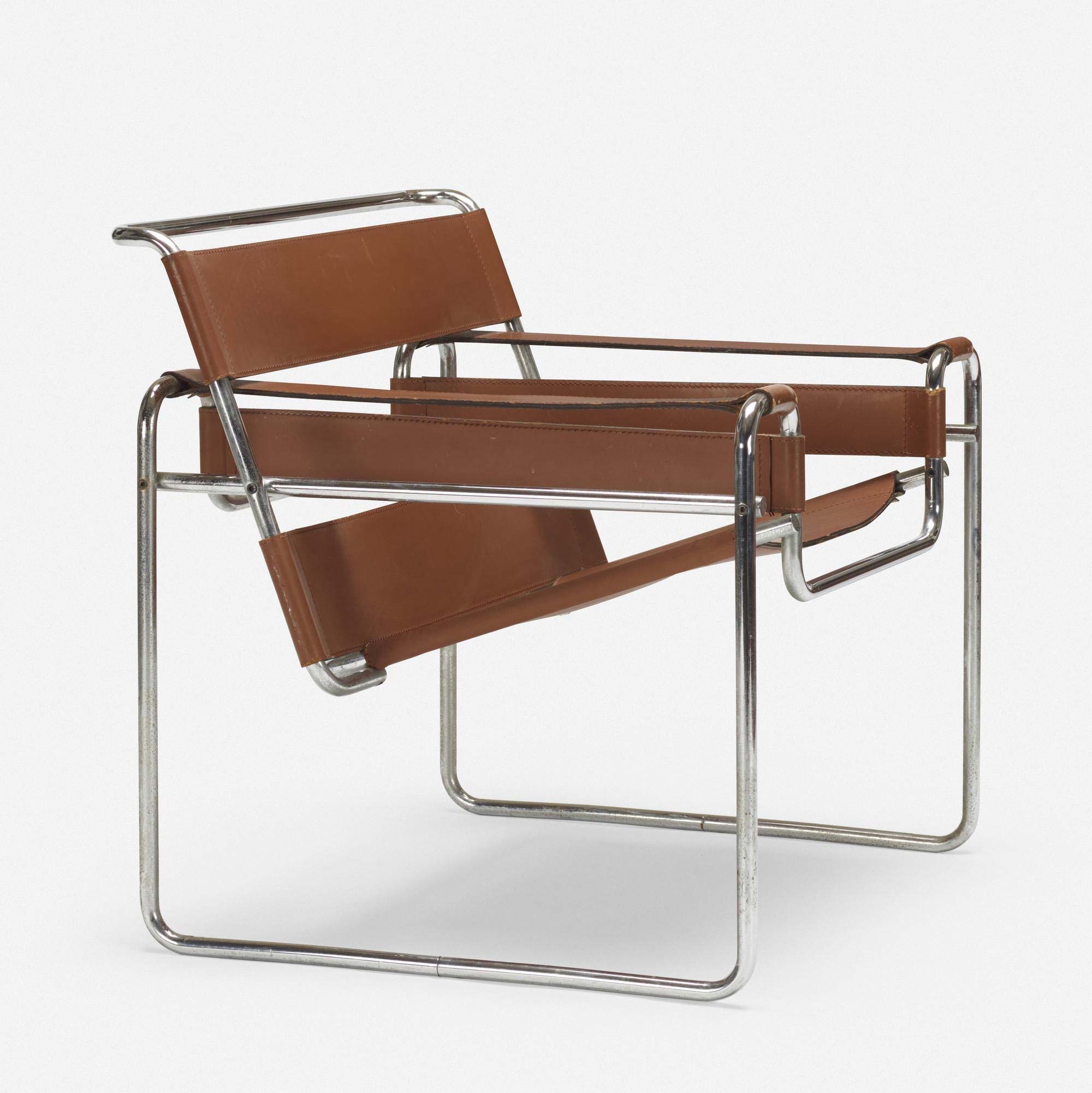
In the 1980s, Richard Venturi reinterpreted historical styles for Knoll to create contradictions in forms that highlight the diversity of chairs.
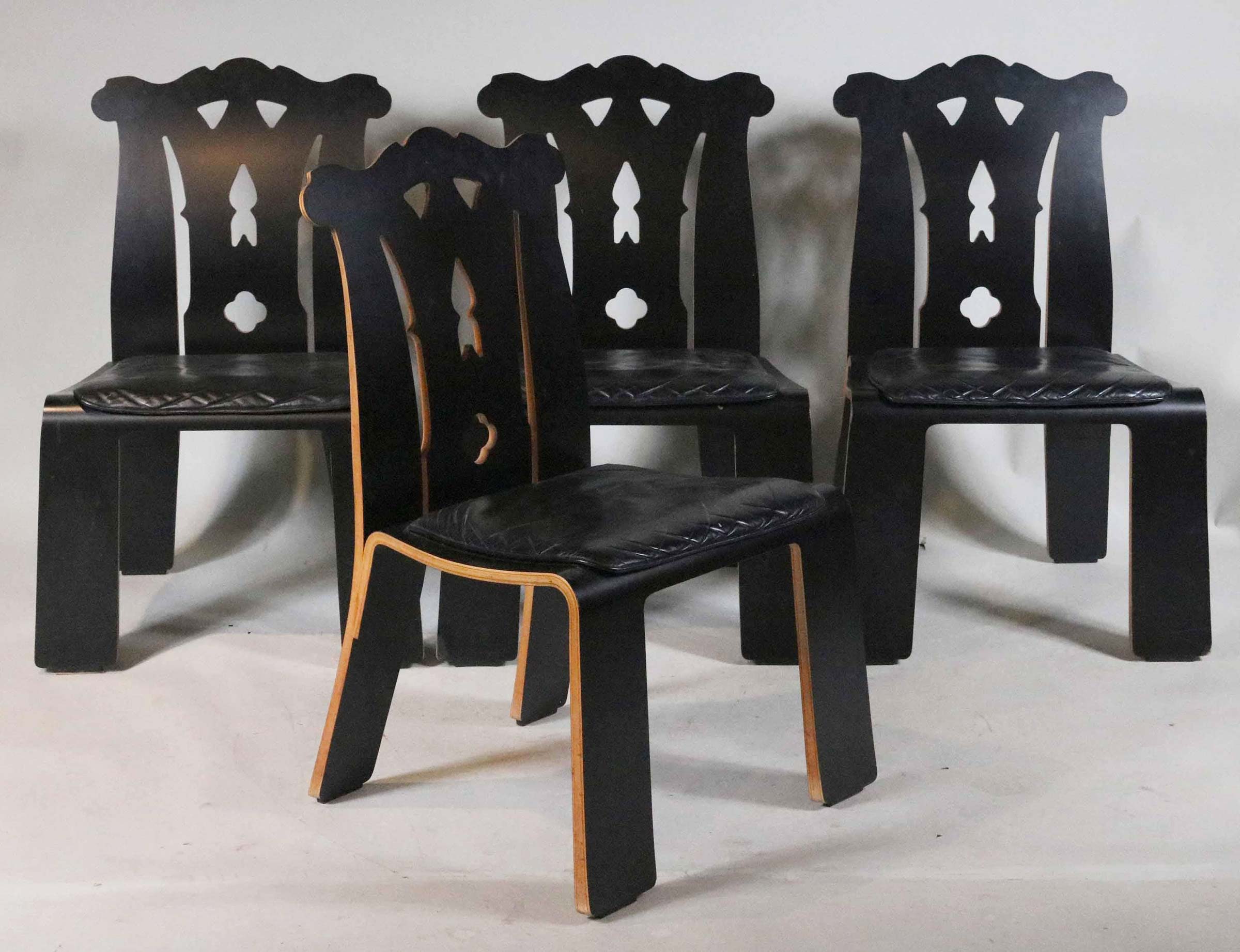
“Commissioning the best architects of the time to design for them. it’s a pretty good formula for success,” Wright said of the firm’s longevity. “Knoll just continues to stay relevant and that’s really hard to do.”
# # #


